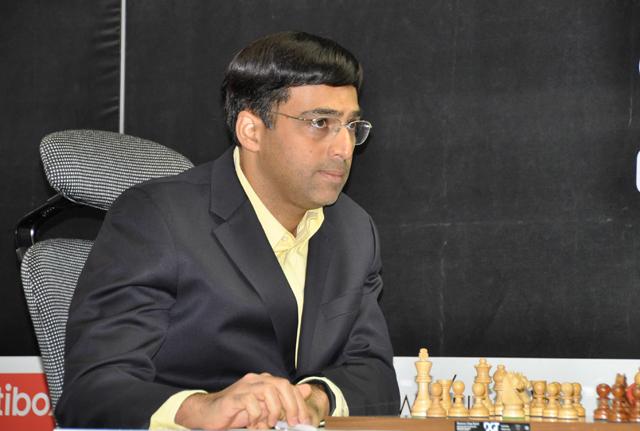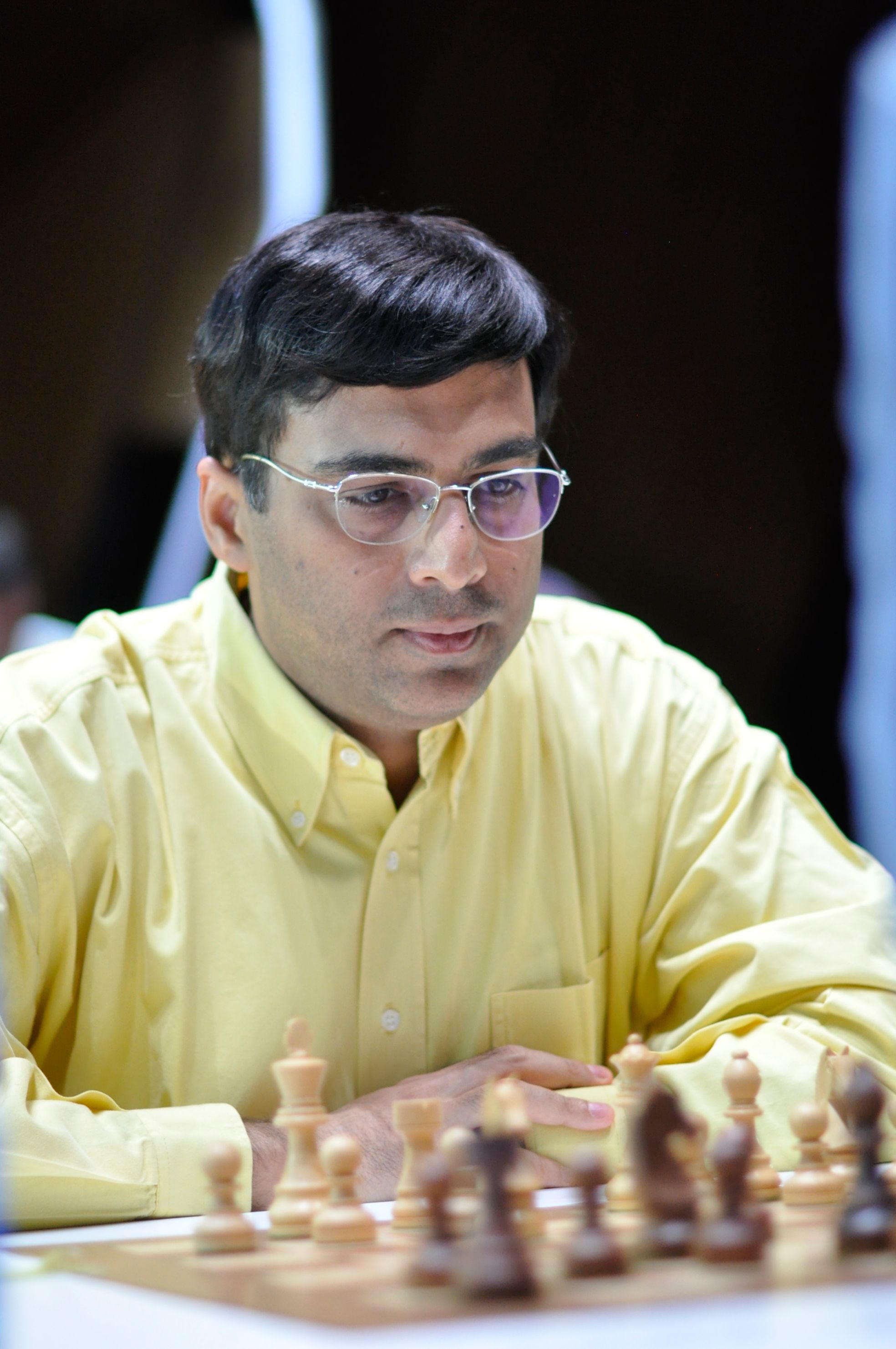
Vishy Anand And The Semi-Slav Defense
Like Veselin Topalov, Viswanathan Anand became FIDE world champion by virtue of his victory in a world championship tournament -- this one held in Mexico City, 2007. However, the chess public, which has always tended to see the championship changing hands only when the previous holder was defeated, probably considers his 2008 match victory against Vladimir Kramnik as the point where Anand gained the title.
A major factor leading to Anand's victory was his two wins with the black pieces in the same ultra-sharp line of the Semi-Slav. One win with Black in a world championship match is very fortunate; two wins, essentially back-to-back, are practically decisive. Thus, while like most modern players Anand has a wide opening repertoire, making it hard to say that he is considered a connoisseur of any one particular opening. We will focus on this line:
The first game of the match had been a tame draw, where Kramnik chose the exchange variation against Anand's Slav Defense. In the second, Anand pressed hard but agreed to a draw in a better position due to his time pressure. In the third game, Kramnik decided to take on the Slav in a more critical manner, and the above position arose after the moves 1.d4 d5 2.c4 c6 3.Nf3 Nf6 4.Nc3 e6 5.e3 Nbd7 6.Bd3 dxc4 7.Bxc4 b5 8.Bb3 a6!? 9.e4 c5 10.e5.
The move 8...a6 constitutes the so-called "Reynolds Variation" of the Meran Slav, with 8...Bb7 being considered the main line. Anand had only played this variation once before. Kramnik, in turn, chose the move 10.e5 -- clearly a critical attempt, although nowadays less common than the other way of piercing the center, 10.d5.
In choosing this variation -- among the many other defenses he could choose against Kramnik's practically inevitable closed openings -- Anand had to prepare for a great number of sharp variations. This 10.e5 move was one of them, and as can be seen by the resulting games, his preparation was phenomenal.

First we will look at the third game:
Kramnik publicly stated after this game that Anand's position after the opening was dubious. And thus, in the fifth game (the next one where Anand had Black), the line was repeated. Anand anticipated Kramnik's improvement by varying on his own, at move 15.
In recent world championship matches there have not been many repeated opening debates in sharp variations. The players instead try to surprise each other and then move on. Carrying on a debate in a sharp variation, in the age of computer analysis, can be quite scary -- if you miss one tricky possibility that the opponent carefully analyzed and memorized (perhaps even a reasonable move which isn't, however, the computer's top line), you come into serious danger. In recent years, most players have preferred to play "over the board."
But in this match, Anand had faith in the basic positional soundness of this line in the Meran -- however sharp and complicated. The initial surprise struck one blow, but not only that: Kramnik got drawn into the wrong debate, a second blow was struck, and this practically guaranteed Anand victory.



